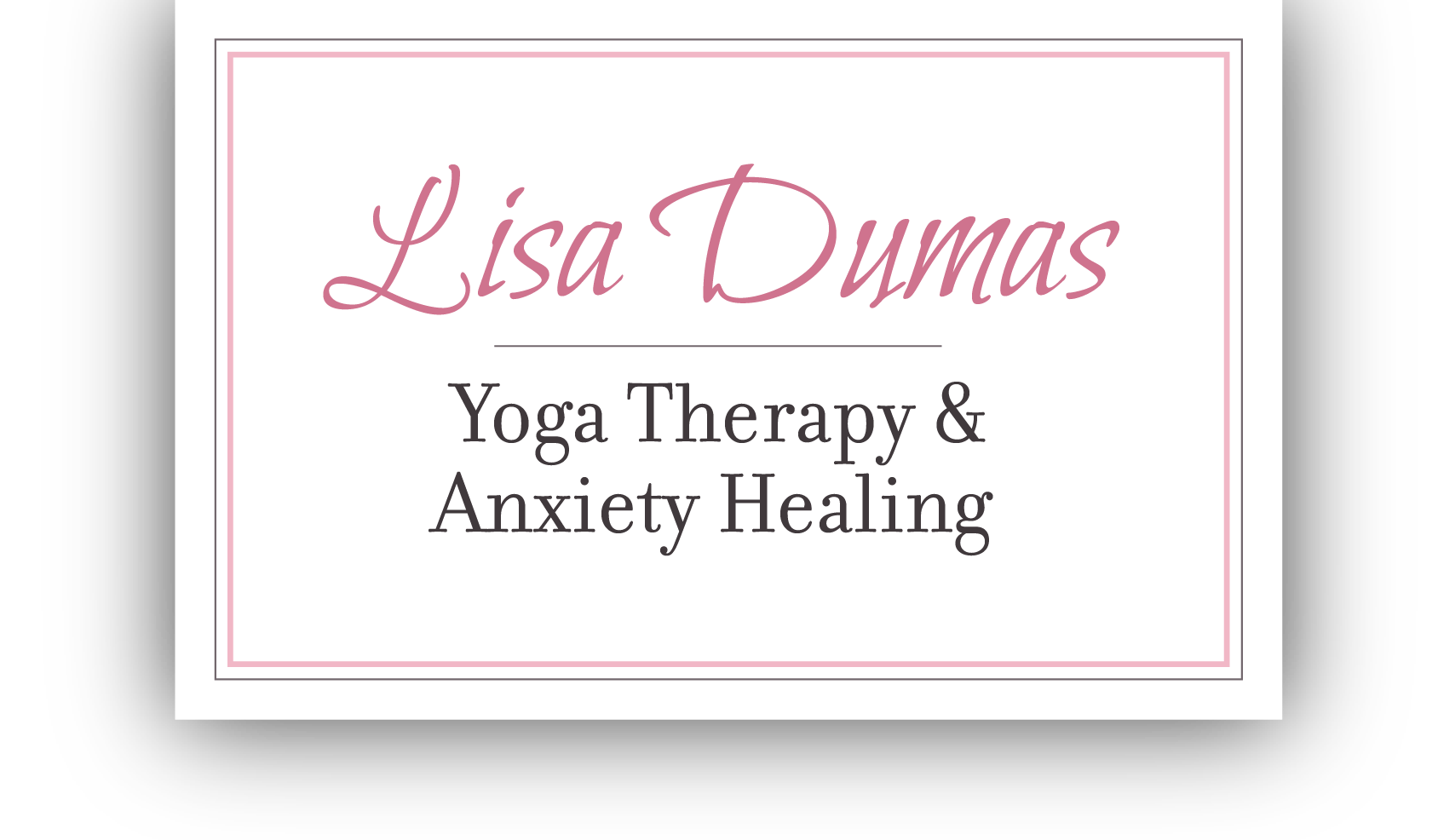A Key to Calm
This year I’ve found a new home for offering yoga therapy in California’s Central Valley. I’ve started sharing movement, breath and mindfulness at a behavioural health centre that offers group therapy to teens and adults interested in tending to their mental health.
It’s been especially rewarding to share some of my favorite calming practices with young people. Last night I witnessed a few of them have a powerful a-ha moment as I led them through a meditation based on “observing”.
When I teach meditation, I offer several skills to help focus the mind on the here and now, because the relief of present-centered thinking is in stark contrast to the anxious feeling of a ruminating, restless mind. However, if we practice “observing” our random thoughts rather than getting caught up in the unhelpful inner noise, we begin to see thoughts for what they really are, habitual patterns that we’ve internalized over the years from caretakers,, community, media and the culture at large.
Learning to connect with our inner observer helps us in several ways:
-We become aware of some of our unconscious stories and beliefs that are the seeds of internal criticism, anxiety and depression. For example, the inner belief that we are unlovable can spark the emotion of shame, cycling us into a self-loathing dialogue in response to making a human mistake or even perceiving we have.
Another common hidden belief many of us share is that we aren’t "enough", which can grow an unmanageable dialogue that pushes us to achieve, and shames us when we don’t meet an impossible to reach bar that is internally set for us.
-We can begin to notice and feel emotions with authentic self-compassion and wisdom rather than projecting or reacting to them in other unhelpful ways.
-We can be encouraged to question the thoughts that berate us and make us wrong.
How would you move through the world if your thoughts that called you wrong no longer had power over you?
Here’s how I’ve been teaching my groups of teens and adults to connect with the inner observer, (and how I teach live online during the weekly 4pm Tuesday meditations in my Worrier to Warrior resource).
Observe sensations of the body, particularly the feet, hands and face. Imagine you've never noticed feeling these sensations before. Become a peacefully abiding curious investigator as you observe your other senses.
Observe the quiet breath in the body and where you feel expansion and contraction.
Now that you've practiced observing "what is" in the moment, move on to noticing your thoughts.
With practice, you can imagine you are sitting behind the mind, watching as thoughts come and go. This skill helps us acknowledge that thoughts are habits and patterns that are separate from who we are.
Eventually, you may feel more of a connection to the part of you that is observing, rather than the part of you that is thinking. That can be a game changer for a lot of people. it was for me!
If you have a young person in your life who is struggling with anxiety, intrusive thoughts or depression, it is my honor to meet them and empower them with the skills to support themselves. My clientele includes many teens at the moment. Yoga Therapy is a beautiful fit for them because it shows them how just a bit of the right kind of easy movement can regulate their breath and minds and calm their nervous systems. Here's more about what happens during my private online sessions.
